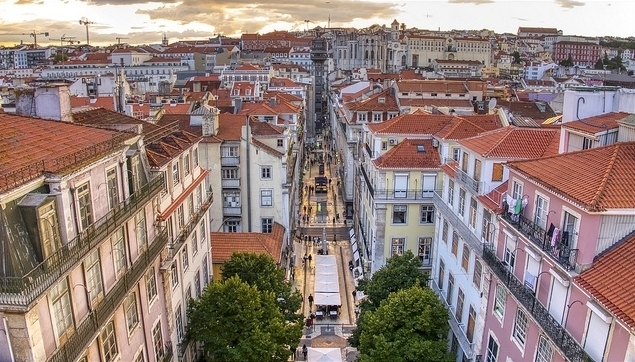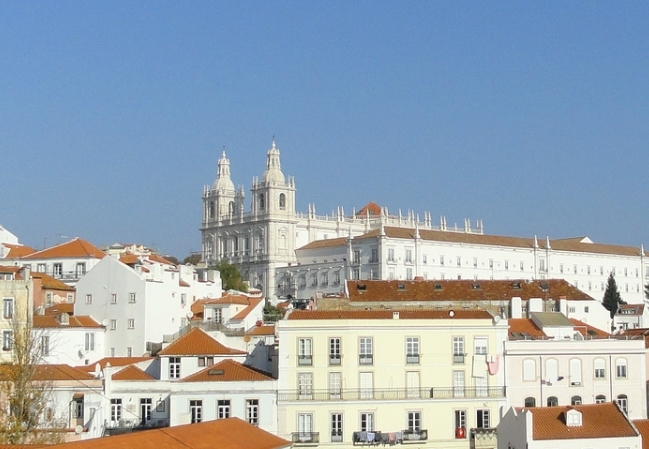
Lisbon Neighbourhoods
1. Alfama
Lisbon's medieval district
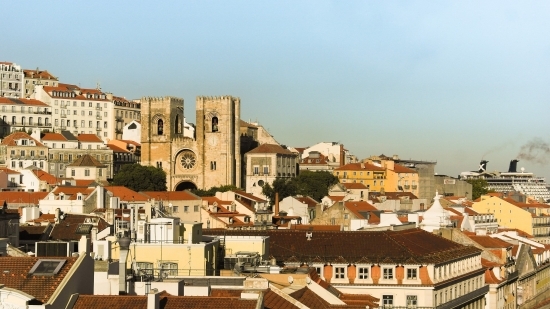
This quaint medieval district that was once the Moorish and Jewish quarter is the oldest neighbourhood in Europe. Alfama spreads through charming streets and alleys where the eyes get lost in the magnificent views over the Tagus river.
The Portuguese capital is one of the few cities in the world that has its own music, Fado, that can be heard in every corner in Alfama. The typical Portuguese music expresses the opening of the heart by exposing emotions to the sound of a guitar.
There is more to see than wander around the amazing alleys and taste the exquisite local gastronomy. From the belvederes of Portas do Sol and Santa Luzia, the views are breathtaking. On top of Alfama, there is the famous Castelo de São Jorge, which is undoubtedly worth visiting on a trip to Lisbon. The main monuments are the Sé de Lisboa, the Church of Santo Estevão and the Monastery of São Vicente de Fora.
This enchanting village is not only known for its restaurants and fado houses, but also for Santos Populares, a typical Portuguese celebration held on the night of Santo António from 12th to 13th June.
2. Avenida da Liberdade
The luxury shopping destination
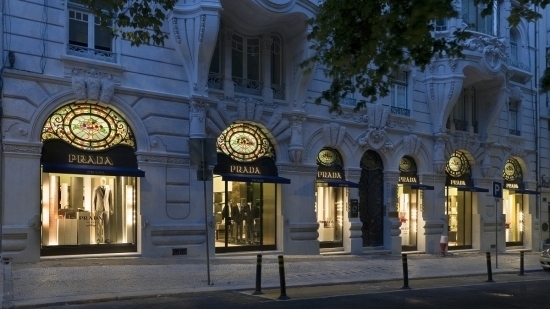
Avenida da Liberdade is a major artery of Lisbon, linking the Restauradores Square to Marques de Pombal. This avenue is the ultimate luxury shopping destination in the city.
Avenida da Liberdade, as we know it today, was built between 1879 and 1886, inspired by the Parisian boulevards. Its creation was a landmark in the expansion of the city in the northern direction.
This area contains many theaters and beautiful old buildings, many of which won the Valmor Prize, such as houses numbers 206 to 218, in Art Noveau style, where the Prada store is now located. Here, statues of writers such as Almeida Garrett, Alexandre Herculano, amongst many others, can be seen spotted along the pavements.
It is considered one of the most expensive avenues in the world.
3. Avenidas Novas
The twentieth century district
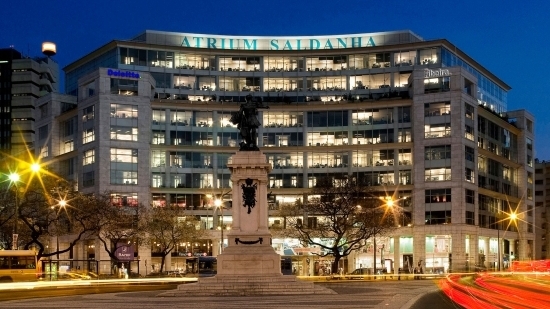
The city's expansion in the twentieth century spread to the north, moving away from the Tagus river, which resulted in residential and commercial areas along wide avenues - Avenidas Novas. This district area consists of flat paved avenues, wide traditional sidewalks and formal architecture.
Avenidas Novas is the city's business center. The streets are filled with executives at lunchtime.
In this area you will find the characteristic "Bairro Azul", a residential area of the 1930s known for its Art Deco buildings, the Calouste Gulbenkian Museum - a cultural venue where you can visit exhibitions, enjoy concerts or simply stroll in the gardens. If you want to shop, there is also El Corte Inglés, ideal for those looking for prestigious brands and quality products.
4. Bairro Alto
The bohemian quarter
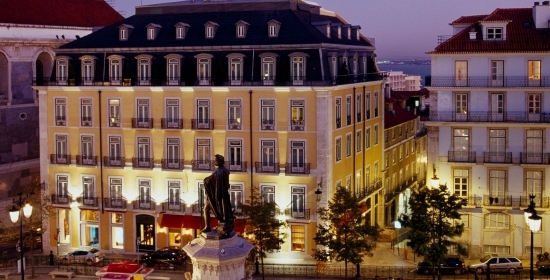
The Bairro Alto was established in 1513 and it is an ancient and picturesque neighbourhood, characterized by narrow, cobbled streets, old houses and traditional trading.
But since the 80's, Bairro Alto is synonymous of endless party. It is the best known area of Lisbon nightlife, due to its numerous bars, restaurants and fado houses. As most bars are relatively small, people end up walking the narrow streets with a glass in their hand, creating a very unique environment, similar to a street festival.
However, it is a very peaceful and traditional district during the day, also known to host Erasmus students. Part of the Bairro Alto buildings have been restored in recent years, which allowed the installation of new stores, from reference shops and studios, to tattoos and piercing parlours.
It is worth visiting this area of the city at night and be a part of Lisbon bohemian life.
5. Baixa
Phoenix reborn after the 1755 earthquake
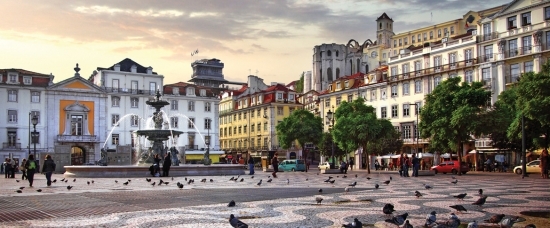
The Baixa, also called Baixa Pombalina, owes its name to Marquês de Pombal, who was responsible for the reconstruction of this area of the city after the earthquake in 1755. This area is part of the parish of Santa Maria Maggiore and is located between Praça do Comércio, near the River Tagus, Rossio and Praça da Figueira and then longitudinally between Cais do Sodre, Chiado and the Carmo, on one side, and the Cathedral and the Castle of São Jorge on the other.
The earthquake in 1755 was the largest ever recorded in Europe and devastated the whole area of Lisbon downtown, which resulted in the first urban planning history, as well as in the first anti-seismic buildings. Thus, Baixa was designed as a set of straight and perpendicular streets arranged around a central axis formed by Rua Augusta. To these streets the names of the various crafts and artisans of the time were given (shoemakers, Correeiros, gold).
The Baixa Pombalina is also characterized by the monumentality of its buildings, which represent a new social order that values the merchant and financial class. The architectural Baixa models were tested with troops on the march, to simulate an earthquake to test the possible resistance to a new earthquake. The new blocks also prevent fire and have the first network of domestic sewage.
Currently, many of the streets in this area are pedestrianized and are linked to a set of monumental squares, like Rossio, the Praça do Comércio and the Praça do MunicÃpio. These are always full of people, whether local or tourists. There are several projects in progress to rehabilitate this area and it is expected that the district will be recognized as a World Heritage Site.
6. Belém
A tribute to the Portuguese Golden Age
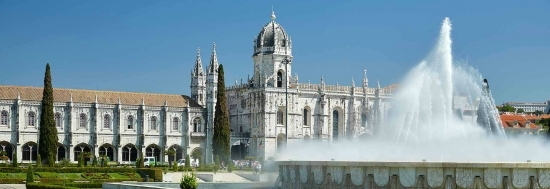
Belém is the Lisbon neighourhood that contains the most historic monuments per m2. This area is dedicated to the Portuguese Discoveries, it was these banks of the Tagus River Vasco da Gama and other navigators set from for the discovery of new territories. These trips were later celebrated by the monuments erected on these banks.
In Belém, you can visit the Tower of Belém and the Monastery of Jeronimos, considered by UNESCO as a World Heritage site, as well as the Monument to the Discoveries. Here, you can also find some of the most important museums in the capital,such as the Carriage Museum, the Berardo Collection Museum and the modern MAAT. If you have the time, go to the Calçada da Ajuda and visit the royal palace and the botanical garden.
In addition to culture, Belém is also known for its pastries. In the Old Belem Confectionery, better known as Pastéis de Belém, you can find these famous delicacies. There's usually a queue at the door because no one can resist the famous pastries - Pasteis de Nata with its original cream, the recipe of which remains a secret until today.
7. Cais Sodré
A true melting pot
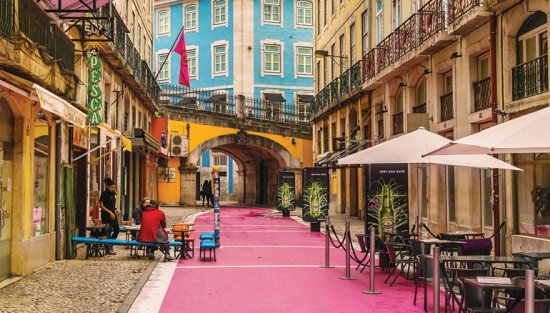
Once Cais do Sodre was the heart of the city maritime trade, where people of all cultures docked. The Praça Duque da Terceira, located by the river, welcomes sailors from the four corners of the world, and most of the bars still have world capital names: Europe, Jamaica, Tokyo and Liverpool, among many others. When Bica and Bairro Alto close at 2 am, this is where everybody flocks to.
At Cais, by the river, thousands of people arrive daily by train or boat, to take the metro or bus. Because of its excellent transport network, this is a very desirable area for companies, such as ´Central Station´, which is a space for entrepreneurs located in a building, that has become the headquarters of Portugal's post office.
Cais do Sodré, which became an ill-reputed and somewhat overlooked area, became an obligatory passage point for the night owls in Lisbon (and not only), especially since the opening of Musicbox and Pensão Amor. On the famous Pink Street you will find a diverse audience every night with a drink in their hand, which spreads out between bars and nightclubs.
On the western side of the square is the dome of the famous Mercado da Ribeira, managed by Time Out Lisboa magazine, with benches dedicated to the catering of the best chefs in the country while others are dedicated to commerce. Besides, there are the palm trees and trees of Dom LuÃs Square, where is a monument of the XIX century with the statue of Marquês Sá da Bandeira.
8. Chiado
The most fashionable Lisbon district
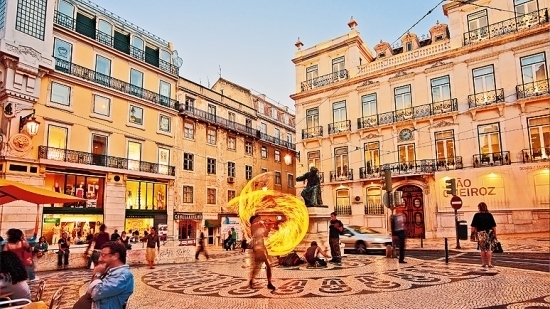
Chiado is one of the most emblematic and elegant neighbourhoods of Lisbon, being located between Bairro Alto and Baixa Pombalina. This neighbourhood is always in style and is a common meeting place for weekenders. With the creation of the literary guild in 1856, an intellectual club of the time, the Chiado became the center of Portuguese Romanticism. It is no coincidence that many of the buildings in this neighborhood were built in the seventeenth century.
It is a neighbourhood that makes us return to the beginning of the twentieth century, when Fernando Pessoa and Eça de Queiroz used to visit the cafés of the area . There are the historic cafés like A Brasileira, the famous shopping mall of Chiado, the ice cream shop Santini, as well as many other shops of international brands, antique bookstores and fancy restaurant.
During the 80s, due to the opening of the shopping center Amoreiras, Chiado was desertified. After the 1988 fire that destroyed the building Grandella well as seventeen other buildings, the architect Alvaro Siza Vieira was responsible for the rehabilitation and new design of buildings. Currently, the Chiado is an important trade city center as well as one of the most cosmopolitan and busiest areas.
In Chiado you'll find several major theaters such as the Theater of Sao Carlos, the São Luiz Theatre and the Theatre of the Trindade, as well as the National Museum of Contemporary Art, the busy Santa Justa Elevator, and the beautiful Convento do Carmo.
9. Graça
The most Lisbon of them all
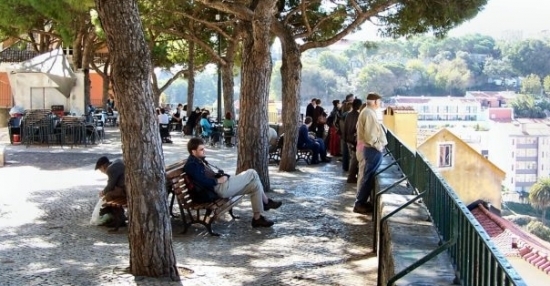
On the highest of the seven hills, lies the historic neighbourhood of Graça. Graça has a genuine Lisbon atmosphere and its people, who live in this neighborhood in perfect harmony with the locals who most recently gathered, including many foreigners who have allowed themselves to be captivated by this prestigious area of Lisbon.
The Graça neighbourhood is located next to the iconic São Jorge Castle, known for the superb views over Lisbon. This neighbourhood also includes two well- known belvederes, the viewpoint of Graça and the viewpoint of Senhora do Monte.
This is one of the most beautiful old neighbourhoods of the Portuguese capital, which saw its population increase after the devastating earthquake that occurred in 1755, when it joined the now extinct parishes of St. Andrew and St. Navy.
Today, Graça is a very rich and diverse neighbourhood with squares, sights and buildings ranging from the simplest of homes to the most imposing palace. It is an area that appeals not only to foreigners, but for locals alike for its soul, historical value and top location.
10. Lapa
Feels like the past
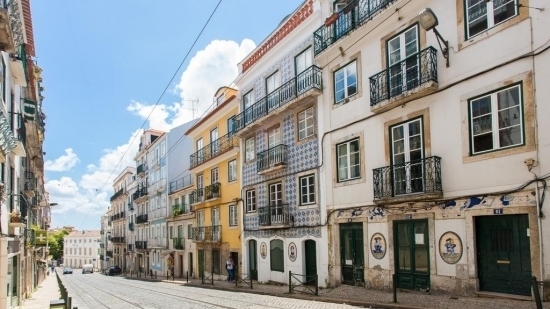
Lapa is reminescent of Lisbon's aristocratic past. Many noblepeople chose this district to build their palaces and mansions in, and it set the tone for the years to come. Lapa is known for being an upper-clas favourite, although the paradigm has started to change.
Today, the district of Lapa has around 8 000 inhabitants and it spreads over 0.74 square kms. It is mostly a residential neighbourhood and many foreign countries have their embassies here, such as Austria, Bulgaria, Canada, China, Finland, Indonesia, Ireland, Luxembourg, the Sovereign Military Order of Malta, Netherlands, United Kingdom, Romania, Sweden, and Switzerland.
Lapa, which now is part of the Estrela parish, along with the old Parishes of Prazeres and Santos-O-Velho is also where Parliament sits.
11. Parque das Nações
The birth of modern Lisbon
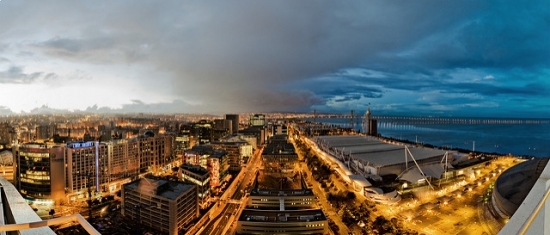
Photo by Pedro Moura Pinheiro on Foter.com / CC BY-NC-SA
This neighbourhood was born on the Tagus north bank in occasion of the Expo '98, the last Universal Exhibition of the twentieth century, and is the most modern area of Lisbon. Parque das Nações, also known as Oriente, extends over a five-kilometer strip along the waterfront and it is characterized by a contemporary architecture.
This area, which was formerly industrial, is today a modern district that offers cultural and recreational areas. At Parque das Nações there are hospitals, Vasco da Gama shopping centre, several restaurants and shops. Some of the most iconic attractions in the neighbourhood were built for the Universal Exhibiion, such as Altice Arena, Pavilhão do Conhecimento, the cable car and the Oceanarium.
At Parque das Nações you will find many examples of modern architecture, such as the Oriente Station designed by architect Santiago Calatrava, the Portugal Pavilion by Siza Vieira, the twin towers of St. Gabriel and St. Raphael and the flagship Vasco da Gama Tower, the highest building in the country. During the weekend it is common to see many people walking around, as this is an ideal place for relaxing with children, for romance or to walk your pet.
12. PrÃncipe Real
The trendiest Lisbon district
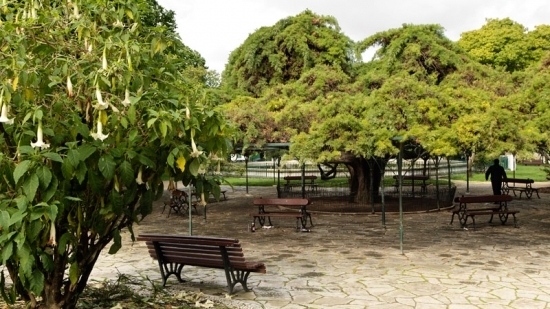
The Principe Real is a quite fashionable neighbourhood in Lisbon and an area of excellence that new restaurants and trendy commercial spaces fight for. This neighbourhood was named the Principe Real after D. Pedro V, a Portuguese Royal Prince who enjoyed going for long walks in the area and it is located north of Bairro Alto.
This charming Lisbon neighbourhood was once known because of the antique shops and gay bars, but in recent years it has also become one of the most sought-after residential areas and a great trade area. Being a predominantly residential neighbourhood, it is very quiet. It is known for its palaces, museums, antique shops and gardens.
In this neighborhood there is the Botanical Garden of the Science Academy, Embaixada, the beautiful shopping centre with a restaurant in the middle, the restaurant A Cevicheria and the beautiful Praça das Flores. The PrÃncipe Real garden is great for relaxing and the beautiful viewpoint of St. Peter of Alcantara is surely worth a visit.



